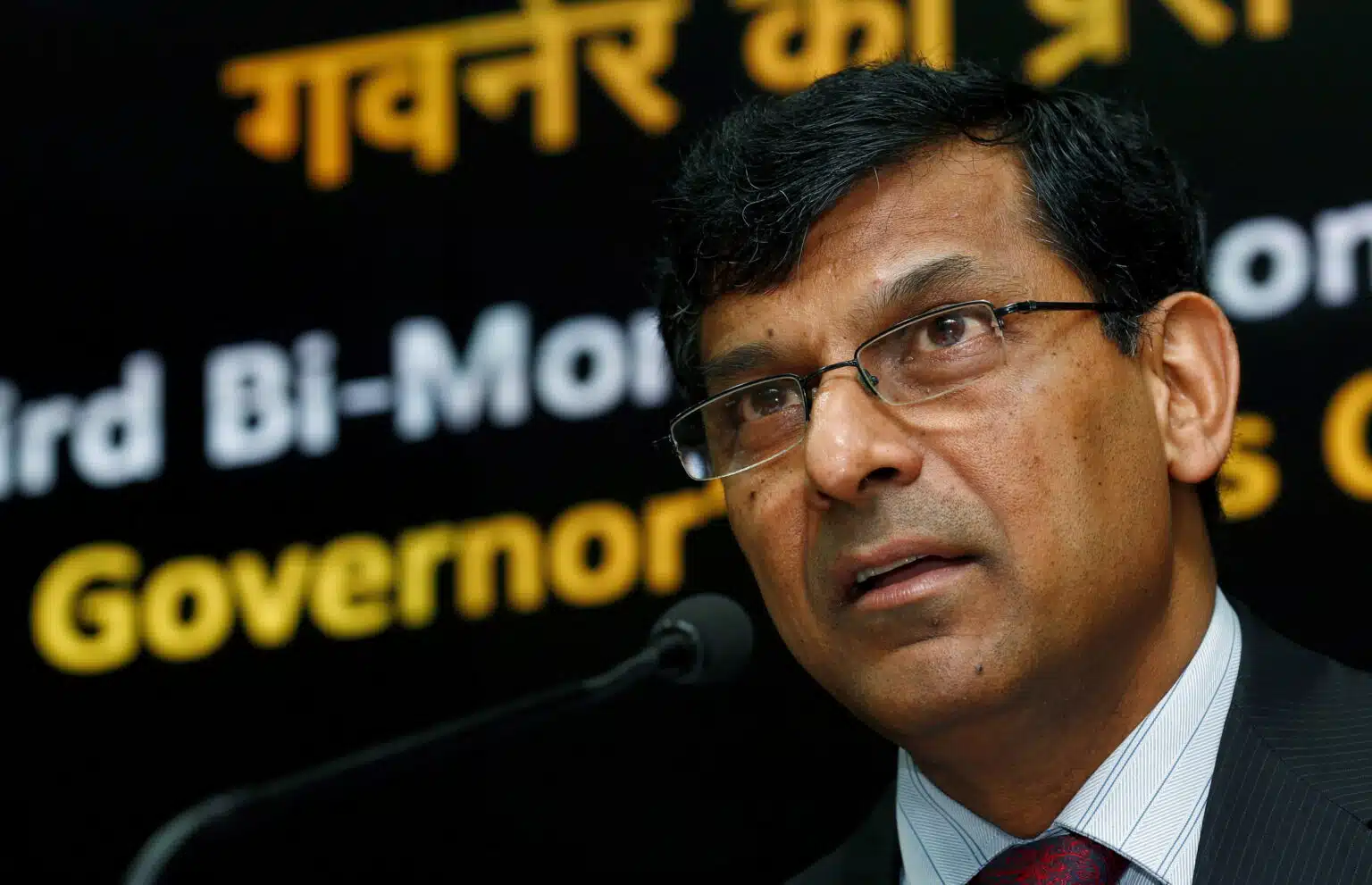Raghuram Rajan, the former IMF chief economist, said that the financial sector was doomed to more volatility following the bailouts of Silicon Valley Bank and Credit Suisse. Rajan foresaw the world financial disaster more than ten years in the future. Several weeks after the failure and subsequent rescue of two big banks, new problems may be developing for US financial institutions. After the rescues of Silicon Valley Bank and Credit Suisse, the former chief economist of the IMF, Raghuram Rajan, has issued a warning about new problems within the banking system.
The former governor of the Reserve Bank of India claims that a decade of easy lending and a flood of liquidity from central banks are to blame for the “addiction” and fragility inside the financial system. Rajan gave a talk in Jackson Hole in 2005 while working as the IMF’s top economist that predicted the global financial crisis and cautioned against it, leading former US Treasury Secretary Larry Summers to call him a “luddite.” Rajan, who is currently a professor at the University of Chicago Booth School of Business, was praised for his leadership of the Indian economy while serving as the president of the Indian Central Bank from 2013 to 2016.

In a Glasgow interview, Rajan expressed his optimism for the situation while anticipating that there would be more to come because some of what we witnessed was unexpected. The main worry is that extremely easy credit and huge liquidity over an extended period produce perverse incentives and weak institutions when everything is reversed.
After Silicon Valley Bank’s demise, there is an uneasy calm in the US banking industry as everyone waits for the top corporations to announce their earnings. A special three-day session of the Swiss parliament will begin on Tuesday to discuss the government’s support and guarantees given to ensure UBS’ acquisition of Credit Suisse Group. Switzerland is the other hotspot for the banking crisis. The smaller lender had reached the verge of insolvency when Swiss regulators revealed last month that UBS will acquire Credit Suisse in a shotgun merger to stop additional banking instability.
After a run on the bank, the Swiss government turned to UBS, which agreed to buy Credit Suisse for 3 billion Swiss francs ($3.3 billion) in exchange for assistance and guarantees from the Alpine nation amounting to more than 200 billion francs. Bank shares dropped after the crises at SVB and Credit Suisse, but central banks kept tightening monetary policy in an effort to keep inflation under control. His words add to the warnings that the problems at SVB and Credit Suisse are a symptom of deeper, more serious problems with the financial industry.
Rajan, who foresaw the financial crisis more than ten years ago, also said that central bankers had received a “free ride” as policymakers quickly abandon the ultra-accommodative approach they adopted in the decade that followed the disaster. Rajan thinks that during the past several decades, we have simply lost sight of the fact that monetary policy has enormous spillover effects that aren’t addressed by routine monitoring. According to him, banks are susceptible to unwinding because central banks “flooded the system with liquidity.”













